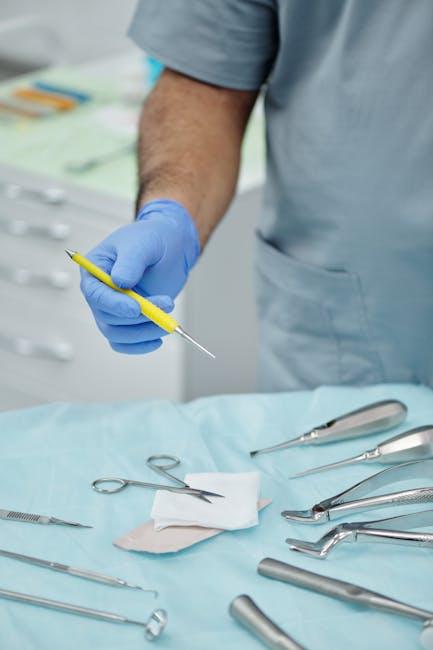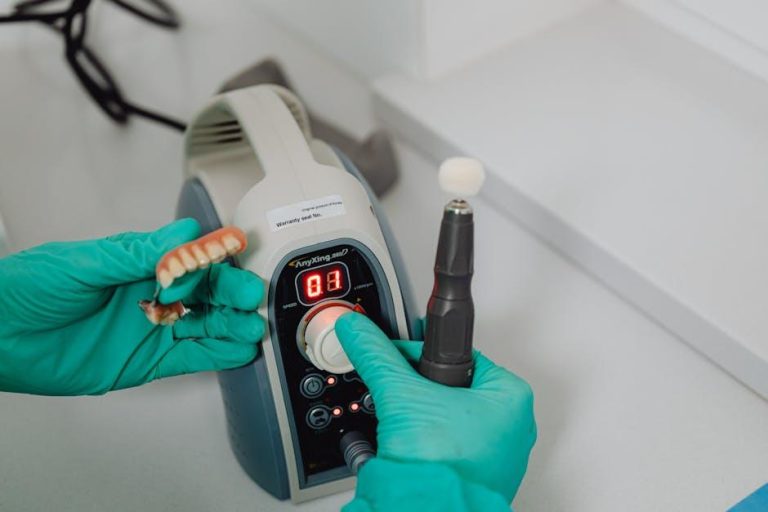
Many Dental Procedures Considered ‘Non-Essential’ During COVID-19 Crisis – Association of Health Care Journalists
The COVID-19 pandemic reshaped healthcare around the world, including the practice of dentistry. The Association of Health Care Journalists (AHCJ) highlights that many dental procedures were categorized as “non-essential” during the crisis, profoundly affecting dental care access and patient outcomes. In this article, we explore the reasons behind this classification, its impact on public health, safety protocols developed, and practical tips to maintain oral health during unprecedented times.
Understanding ‘Non-Essential’ Dental Procedures During COVID-19
When the COVID-19 crisis escalated, many healthcare systems prioritized urgent care and postponed elective and routine medical services to limit virus spread and conserve critical resources. Dentistry was no exception. The Association of Health Care Journalists reported that many common dental treatments fell into the “non-essential” bracket under pandemic restrictions.
Defining Non-Essential vs. Essential Dental Procedures:
- Essential dental procedures: Emergency treatments necessary to alleviate severe pain, infection, or trauma—such as abscess drainage, severe tooth pain management, and trauma repair.
- Non-essential dental procedures: Routine cleanings, cosmetic treatments, elective fillings, orthodontic checkups, and other non-emergency services postponed until risk levels decreased.
Why Were Many Procedures Deemed Non-Essential?
The categorization was primarily driven by efforts to reduce COVID-19 transmission risk among patients and dental healthcare workers. Many routine dental procedures generate aerosols, tiny droplets potentially spreadable through the virus, necessitating containment strategies and limiting practice operations. Additionally:
- Virus transmission risks: Dental aerosol-generating procedures increase the risk of COVID-19 exposure.
- Resource allocation: PPE (personal protective equipment) scarcity led to prioritizing urgent cases.
- Guideline compliance: Dental associations globally issued recommendations to defer non-urgent care.
The Impact of Delayed Dental Care on Public Health
With many dental offices pausing elective services, patients experienced delays in diagnosis and treatment, sometimes with adverse consequences.
Health Consequences of Postponed Dental Procedures
- Increased risk of dental infections: Untreated cavities can lead to abscess formation.
- Progression of periodontal disease: Skipping cleanings allows bacterial buildup, worsening gum health.
- Orthodontic complications: Interrupted braces checkups can affect long-term outcomes.
Psychological and Socioeconomic Effects
- Anxiety about dental health: Worry over untreated issues led to increased dental-related stress.
- Access disparities: Vulnerable populations faced greater barriers to emergency dental care during lockdowns.
Safety Protocols Adopted by Dental Clinics During the Pandemic
In response to the challenges, dental practices rapidly implemented stringent safety measures to reduce viral spread and restore patient confidence:
| Safety Measure | Description | Benefit |
|---|---|---|
| Enhanced PPE usage | Masks, face shields, gowns, and gloves worn by dental professionals. | Minimized cross-infection risks. |
| Pre-appointment screenings | Temperature checks and COVID-19 symptom questionnaires before visits. | Identified potentially contagious patients early. |
| Air filtration and ventilation | HEPA filters and improved airflow systems installed. | Reduced airborne virus particles in treatment rooms. |
| Appointment spacing | Extended intervals between patients to limit crowding. | Lowered waiting area density and potential exposure. |
| Teledentistry | Remote consultations to assess and triage patients. | Maintained care access while limiting physical visits. |
Practical Tips for Maintaining Oral Health When Access is Limited
While many patients faced delays in routine dental visits, proactive home care became more important than ever. Here are practical tips to maintain dental health during times when professional care is limited:
- Brush twice daily: Use fluoride toothpaste and a soft-bristled toothbrush.
- Floss daily: Remove plaque buildup in tight spaces to prevent gum disease.
- Limit sugary snacks and drinks: Reduce cavity-causing acids and sugars.
- Stay hydrated: Drinking water helps rinse food debris and maintain saliva flow.
- Use mouthwash: An antiseptic rinse can reduce harmful bacteria.
- Monitor oral changes: Watch for pain, swelling, or bleeding and contact your dentist if symptoms worsen.
- Utilize teledentistry: Schedule virtual check-ins to discuss concerns and follow guidance remotely.
Case Study: How Dental Clinics Adapted to Maintain Care
At a mid-sized dental center in Ohio, the pandemic shuttered routine appointments in spring 2020. The clinic quickly transitioned to teledentistry for patient triage and emergency care prioritization. Staff underwent additional infection control training and integrated HEPA filtration units ahead of reopening. After reopening, patient volume was carefully managed with staggered schedules, resulting in no reported COVID-19 transmissions within the facility. This case exemplifies how agility and strict adherence to safety protocols can safeguard community health while ensuring essential dental care continues.
Conclusion: Navigating Dental Care in a Post-Pandemic World
The COVID-19 pandemic forced a reevaluation of dental care priorities, with many procedures classified as non-essential to reduce virus transmission risks—an approach backed by the Association of Health Care Journalists. While this led to unintended disruptions and health complications, the dental community responded with innovative safety protocols and virtual care solutions. Looking forward, maintaining oral health requires a combination of diligent personal care, timely professional intervention, and embracing new technologies like teledentistry.
By understanding the reasons behind methodical postponements and adapting to evolving healthcare landscapes, patients and dental professionals alike can work towards healthier, safer smiles in any circumstance.


